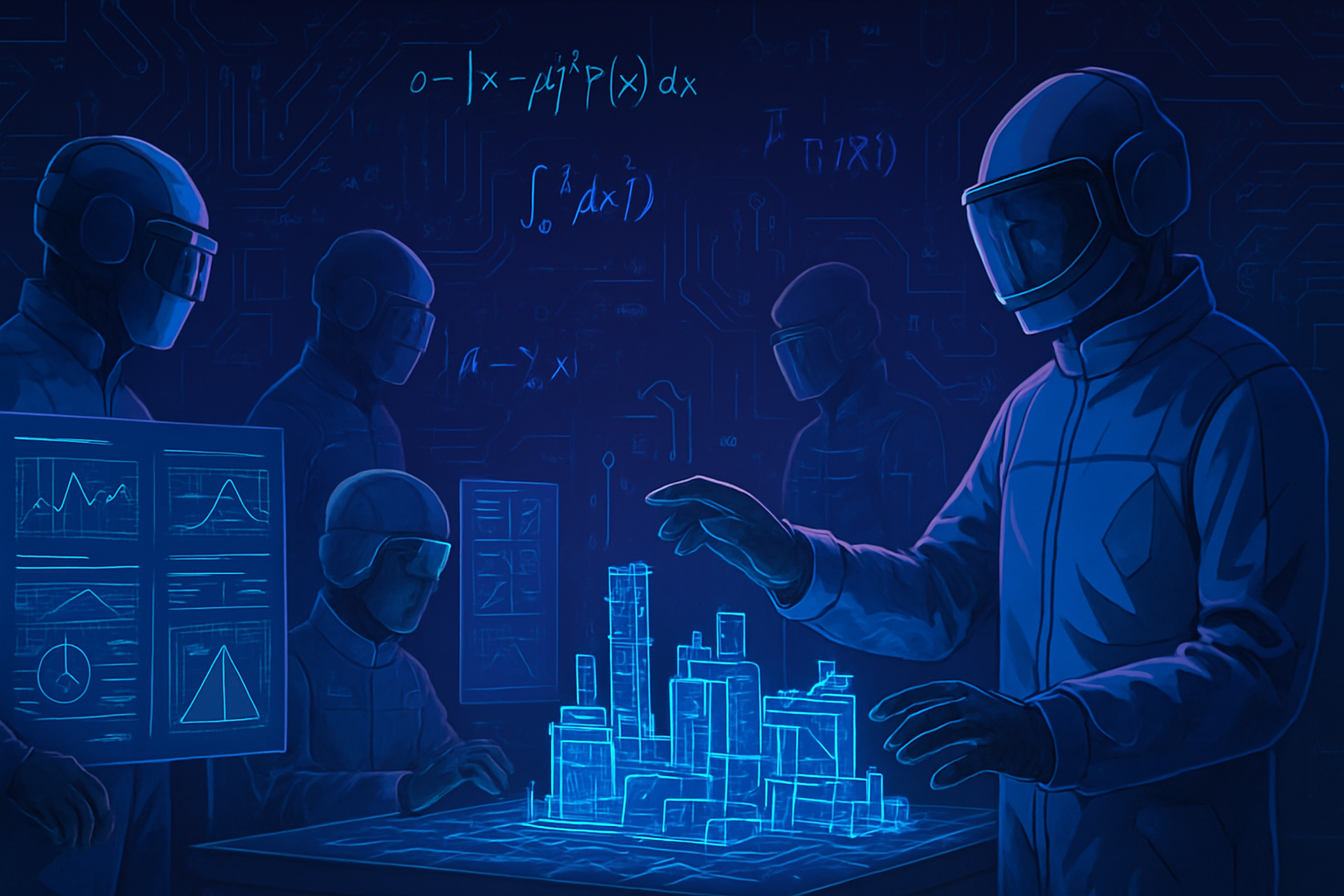Modern complex systems require diligent design, particularly in the face of ambient uncertainty. Engineers are seeking effective tools to navigate the delicate interconnections of various technologies, such as drones or autonomous vehicles. A new approach allows for the integration of uncertainties related to the performance of various elements, whether they be sensors or motors.
This new tool is revolutionizing system design. Designers can now more accurately model the trade-offs between various configurations. Evaluating performance while considering unpredictable factors is essential. This method redefines the art of engineering, providing solutions tailored to contemporary demands. The implications extend to infrastructure and emerging technologies.
A significant advance in complex system design
Researchers at MIT have developed a new framework that enables engineers to design complex systems by integrating uncertainty. This advancement addresses the challenges posed by the variability in the performance of components, such as motors and drone batteries.
Managing uncertainty
The work of the team led by Gioele Zardini focuses on co-design, a method that breaks down systems composed of numerous interconnected elements. Rather than ignoring uncertainties related to specifications, engineers can now rigorously model performance trade-offs. Their approach is distinguished by its ability to capture a broader range of outcomes, overcoming the limitations of traditional methods.
An innovative framework based on category theory
The researchers integrated the concept of uncertainty into an existing framework based on category theory. This process has simplified complex problems, making tools that were previously reserved for experts more accessible. Each component of the system can be evaluated without requiring specific expertise, allowing multidisciplinary teams to work more effectively.
Practical applications and concrete examples
This approach has been applied to the selection of perception systems and batteries for drones. The results show that, despite the variability in detection accuracy depending on weather conditions, designers can evaluate the impact of these uncertainties on the overall performance of the drone. One of the key findings reveals that nickel-metal hydride batteries represent the best option in terms of cost over time.
Comparative advantages and detailed insights
The researchers’ innovative strategy provides users with increasing information regarding battery technologies. Unlike more traditional methods, the framework gives precise indications about potential risks. For example, if a drone’s payload is 1,750 grams, there is a 12.8% likelihood that the battery design will be impractical.
Future perspectives and further research
In the future, researchers plan to improve the computational efficiency of their algorithms to solve even more complex problems. An extension of this method to contexts involving multiple collaborative parties, such as transport networks where many rail companies share the same infrastructure, is also anticipated. This research is set against a backdrop where the complexity of systems continues to increase.
This advancement opens a dialogue about the necessity to formalize the design of large-scale systems, taking into account the inherent uncertainty of many components.
To learn more, check out articles on the contributions of artificial intelligence to reducing carbon emissions here, the performance of DeepMind’s AI on mathematical problems here, and the understanding of neural networks here.
For details on modeling relationships and solving complex problems, explore this article, and discover the “Renaissant Articles” method for publishing discoveries here.
Frequently Asked Questions
What is the primary objective of the new tool developed by MIT researchers?
The main objective of this tool is to assist engineers in designing complex systems while integrating the uncertainties related to the performance of components, such as motors and batteries.
How does this tool account for uncertainties during design?
This tool allows for modeling the performance and trade-offs of a device, capturing the probability of various outcomes and considering the unpredictability of conditions, such as weather.
What are the advantages of this approach compared to other methods?
This approach provides more information by comparing different design choices, going beyond the best-and-worst-case scenarios often proposed by other existing methods.
Can this tool be used for different types of systems, such as drones or autonomous vehicles?
Yes, this tool can be applied to various complex systems, including drones, autonomous vehicles, and even transport networks, enhancing their reliability in the face of real uncertainties.
What types of components can be modeled with this tool?
A wide range of interconnected components can be modeled, such as sensors, motors, and batteries, while accounting for their unpredictable behavior.
Why is it crucial to consider uncertainty in system design?
Considering uncertainty is crucial because it allows for the design of more robust and reliable systems that can function better under varied and unpredictable conditions.
How can this tool benefit multidisciplinary design teams?
This tool facilitates the work of multidisciplinary teams, allowing each member to design a component of a complex system without requiring in-depth expertise in all areas.
What results have been observed when using this tool for a drone, for example?
Researchers found that the tool allowed for better optimization of the choice of perception systems and batteries, ensuring a balance between cost, weight, and performance at various payload levels.
How does the co-design approach help solve complex problems?
It allows for the decomposition of complex problems into subsystems, each of which can be optimized individually while adhering to the overall system’s general mathematical constraints.
What are the future prospects for improving this tool?
Researchers plan to improve the computational efficiency of their algorithms and to extend the approach to systems designed by multiple collaborative and competitive parties.






